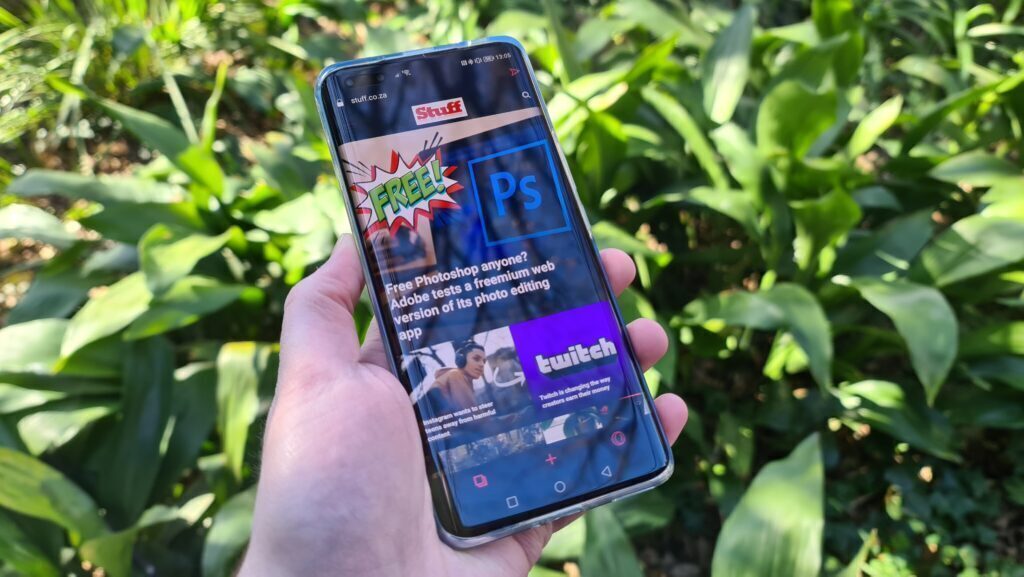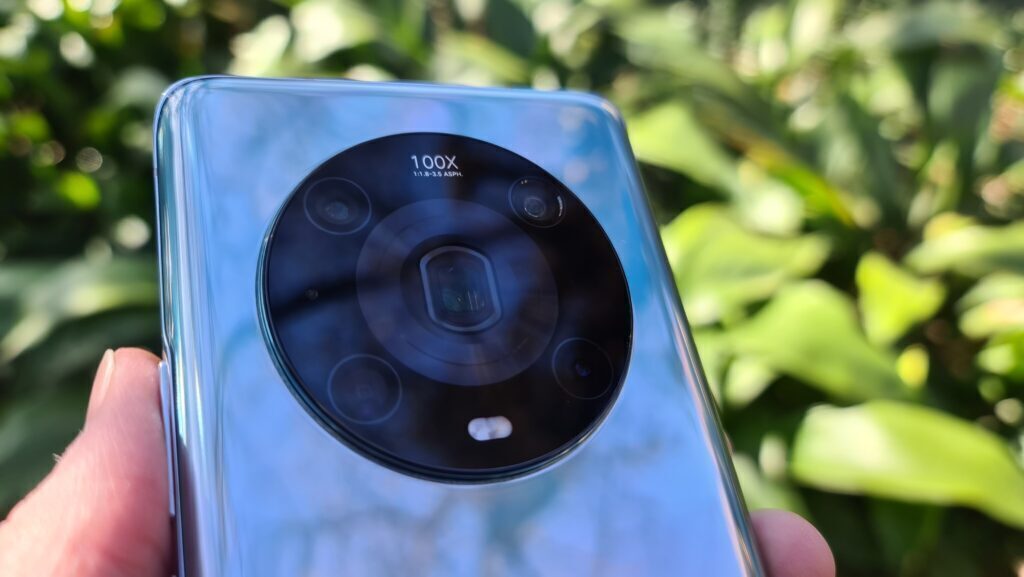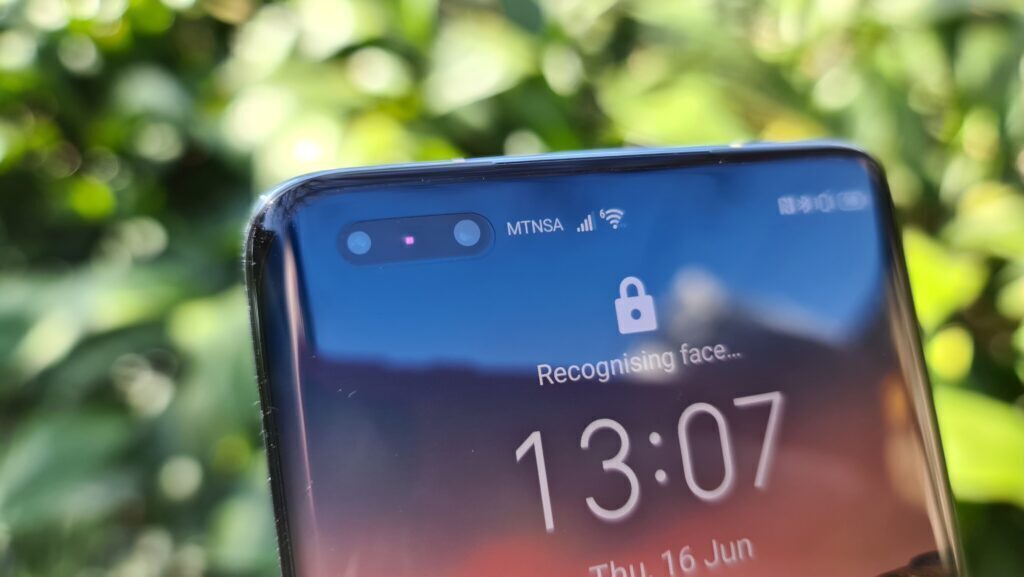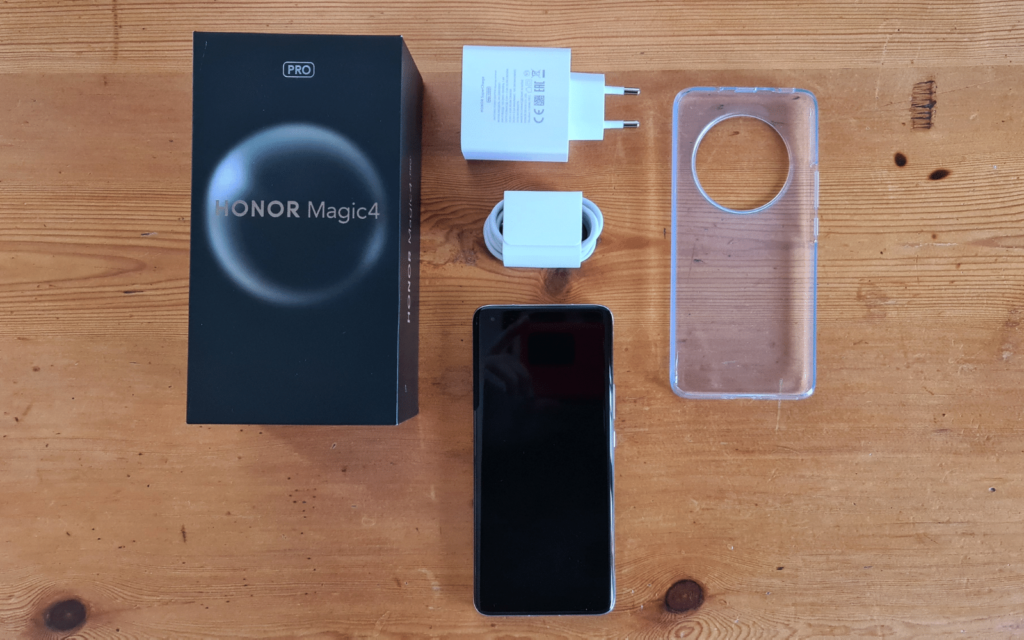The Honor Magic 4 pro is a good, solid flagship. The only thing holding it back from greatness is the iffy operating system. On Android there are ways around that, but it would be nice if your phone worked properly out the box.
-
Design
-
Performance
-
Battery
-
Camera
-
Price
Honor has officially launched in South Africa, following its split from parent company Huawei. With the launch, the Chinese smartphone maker is bringing a few of its handsets to the country. It recently launched its flagship Magic 4 series, with SA receiving the Lite and Pro models. Stuff has been using the Honor Magic 4 Pro for the past few weeks. If you’ve never heard of Honor before, cast your mind back to pre-2020 Huawei phones. The Magic 4 Pro is like that, but new and shiny. And unlike the Huawei phones of today, this one ships with Google’s full suite of apps pre-installed. What about the rest of it?
Design and display
 It seems like Honor made symmetry its key word when designing the Magic 4 Pro. The bread in this glass sandwich taper from the front and back to meet the sleek metal frame on either side. This makes the device feel a bit slimmer than the 164mm x 75mm x 9mm dimensions would lead you to believe.
It seems like Honor made symmetry its key word when designing the Magic 4 Pro. The bread in this glass sandwich taper from the front and back to meet the sleek metal frame on either side. This makes the device feel a bit slimmer than the 164mm x 75mm x 9mm dimensions would lead you to believe.
You’ll get this one in two colours, cyan and black. Go for the black because a lighter colour will just serve as a nice display of all your fingerprints. Those curved glass edges and weight do make for a slippery device that you wouldn’t want to drop. Luckily, it comes with a preinstalled screen protector and a case in the box.
The screen you’re protecting sits atop a 6.81in LPTO OLED panel with a 1312 x 2848 resolution. LPTO means the refresh rate can adjust dynamically based on what it’s displaying, from 1Hz to 120Hz. If you’re not a fan and demand high refresh rates at all times, there are a few settings you can tweak to get you a constant 120Hz at the highest resolution. You’ll notice the difference the most in your battery usage, though.
It’s a pretty sharp display with 460 pixels-per-inch (PPI) and offers good contrast performance thanks to the inherent benefits of OLED. Colour accuracy is also good depending on your how you like your settings. HDR10+ support is available and the upscaling of lower resolution media went better than expected. It also gets plenty bright enough, even outdoors.
Along with the curved screen, the other point that could prove polarising is the rather large pill-shaped cutout for the selfie cam and 3dTOF(Time of Flight) sensor. It tends to take up a lot more screen space than the single holepunch cutout of other phones, especially when viewing media in fullscreen. You can either hide it in the settings or get used to it.
Spoilt for camera choice
 There is no missing the camera module on this one. The massive camera disc, dubbed ‘eye of muse’ houses five separate sensors, three of which you can actually take pictures with. You get two 50MP sensors for the main and ultrawide cameras and a 64MP periscope telephoto shooter with 3.5x optical zoom and 100x digital zoom. Strangely enough, the telephoto cam is the only one with optical image stabilisation but it doesn’t feel like it when you’re zoomed in past 10x.
There is no missing the camera module on this one. The massive camera disc, dubbed ‘eye of muse’ houses five separate sensors, three of which you can actually take pictures with. You get two 50MP sensors for the main and ultrawide cameras and a 64MP periscope telephoto shooter with 3.5x optical zoom and 100x digital zoom. Strangely enough, the telephoto cam is the only one with optical image stabilisation but it doesn’t feel like it when you’re zoomed in past 10x.
The primary sensor doesn’t have any, but your shots will still look decent enough for you to post to socials. You get a wide dynamic range, colours that aren’t over saturated and lots of fine detail in well lit environments. You’ll get the same from the ultrawide sensor only with an increased field of view. Low light conditions are where you might start to notice the Magic 4 Pro slip up when compared to other flagships. Your photos will still look bright and clear, just don’t peep at any pixels.
When it comes to performance, the Magic 4 Pro doesn’t disappoint. It doesn’t really stand out either. No US sanctions mean you’ll get a Snapdragon 8 Gen 1 (like every other Android flagship these days) with 8GB of RAM and 256GB of storage. Unfortunately, that isn’t expandable, which is a shame.
Honor says it’s fiddled with the GPU performance but when you look past all the marketing, all that means is you’ll get a few more minutes of heavy sustained usage before the phone starts to thermally throttle itself. At its peak performance you’ll be able to play pretty much anything and could even turn up the settings slightly.
 Other features include full ingress protection with the IP68 rating. The underdisplay ultrasonic fingerprint scanner uses Qualcomm’s 3D sonic gen2 sensor and the 3dTOF-enhanced face unlock means unlocking the thing is quick. It also means the Magic 4 Pro offers slightly better biometric security features than even the best devices on the market.
Other features include full ingress protection with the IP68 rating. The underdisplay ultrasonic fingerprint scanner uses Qualcomm’s 3D sonic gen2 sensor and the 3dTOF-enhanced face unlock means unlocking the thing is quick. It also means the Magic 4 Pro offers slightly better biometric security features than even the best devices on the market.
The audio setup is good, with the pseudo-stereo speakers getting loud enough for most cases. It’s not proper stereo though and they’re mobile speakers, so they’re still going to sound tinny for the most part.
Although it boasts some pretty mental charging speeds, battery life left us a little disappointed. That’s not to say it’s bad. We got through the day on a single charge from the 4,600mAh battery but with only around 30% remaining after about five hours of screen on time. That might not feel like a big deal when you have 100W charging to get you from 0 to 100 in around 30 minutes. But Honor doesn’t have the same track record as Oppo when it comes to crazy charging speeds so the effect on battery longevity is a bit of an unknown here.
Isn’t Magic just slight of hand?
 Honor’s Magic UI 6 was what let the Magic 4 Pro down the most. Nothing glaringly specific stands out but we’d often encounter little bugs or glitches that disrupted our flow and when that happens a lot it can get annoying. You get some personalisation features off the bat – if you’ve ever used a Huawei device, things will look more than a little familiar – but we found no hints of any dynamic colour theming or any of the personalisation work Google did with Android 12. That made Magic UI 6 feel closer to Android 10 or 11, which meant the Magic 4 Pro seemed older than it is.
Honor’s Magic UI 6 was what let the Magic 4 Pro down the most. Nothing glaringly specific stands out but we’d often encounter little bugs or glitches that disrupted our flow and when that happens a lot it can get annoying. You get some personalisation features off the bat – if you’ve ever used a Huawei device, things will look more than a little familiar – but we found no hints of any dynamic colour theming or any of the personalisation work Google did with Android 12. That made Magic UI 6 feel closer to Android 10 or 11, which meant the Magic 4 Pro seemed older than it is.
Read More: Honor announces its 70 Series using Mediatek’s Dimensity 9000 SoC
Honor Magic 4 Pro verdict
Overall, the Magic 4 Pro is a solid device that leaves us optimistic about Honor’s future as a newly divorced single in our area. We’d love to see the brand improve its Magic UI OS and bring back flagship device staples like optical image stabilization on the main camera. If it does that, we’re sure Honor can find much of the success Huawei found in SA, only with Google Maps and Gmail.
The Honor Magic 4 Pro is available on contract through SA network operators or for sale from R21,000.



